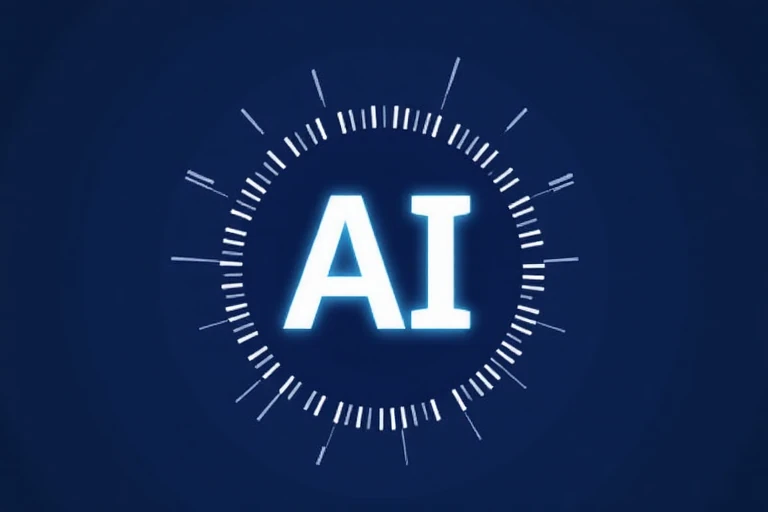The Rise of Generative AI & Multimodal Models in 2025 – Here’s What You Should Know
Technology is moving at lightning speed, and leading the charge in 2025 is something truly exciting: Generative AI. It’s not just a fancy tech term anymore—it’s actually changing the way we work, learn, create, and even have fun.
What Is Generative AI?
Generative AI is a type of artificial intelligence that can create new stuff—from writing stories and making images to composing music and generating code. You’ve probably heard of tools like ChatGPT, Midjourney, or DALL·E—they’re all part of this wave.
But this year, we’re seeing something even bigger: Multimodal AI
What Are Multimodal Models?
In simple terms, multimodal AI means AI that can understand and work with different types of input—text, images, audio, and video—all at once.
Imagine this:
-
You upload a photo, and the AI writes a full story based on it.
-
You sketch a rough website idea and add a few notes—and boom, the AI builds the first draft for you.
-
You show it a video, and it gives you a summary and accurate subtitles.
It’s like giving AI eyes, ears, and a brain that works more like ours.
Why Is Everyone Talking About This?
-
Smarter Models: OpenAI’s newest models (like o3 and o4-mini) are getting really good—fast, responsive, and incredibly capable.
-
Easier Content Creation: From YouTubers to teachers to business owners, everyone’s using AI to create better content faster.
-
Changing How We Work: Industries like healthcare, e-commerce, education, and design are jumping in and using this tech to streamline and innovate their workflows.
Real-Life Use Cases
-
Marketing: Need ads, captions, voiceovers, or product mockups? AI can handle it in minutes.
-
Education: Teachers are using it to create interactive lessons, quizzes, and learning materials.
-
Web & App Development: Designers and developers are generating wireframes, code, and full UI designs straight from rough ideas.
What to Watch Out For
With all this innovation comes a few concerns:
-
Deepfakes & Misinformation: AI can be used to create fake content that looks real.
-
Biases in AI: These models can sometimes reflect the biases in the data they were trained on.
-
Ownership Questions: If AI creates something, who really owns it? That’s still being figured out.
What’s Coming Next?
Here’s a peek into the near future:
-
AI that can see, hear, and talk to you like a real assistant.
-
Creative tools where AI becomes your co-creator in art, music, or writing.
-
Smarter search engines and shopping assistants that truly understand what you need.

